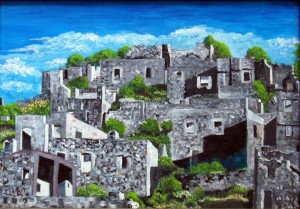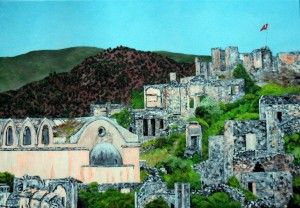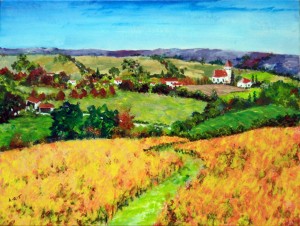Cultural Connections is an annual celebration of literature, film, art, music, dance and food… all the stuff of life that links humanity throughout the world. Both stimulating, challenging, occasionally provocative and always fun, Cultural Connections is an excitingly different and thought provoking way to explore the things that bring people together.
This five-day event, Kayaköy Connections 2013 will celebrate the Kaya valley in southwest Turkey, its long history, rich culture and links with Greece. Acclaimed authors Louis de Bernières, Victoria Hislop, Jeremy Seal will be travelling from the UK and Sofka Zinovieff will be joining them from Athens. Others, from Turkey, Greece, yet to be decided, will join them to take part in a range of thought provoking, fun and entertaining events and gatherings.
More information can be found here http://culturalconnectionsfestival.com/




